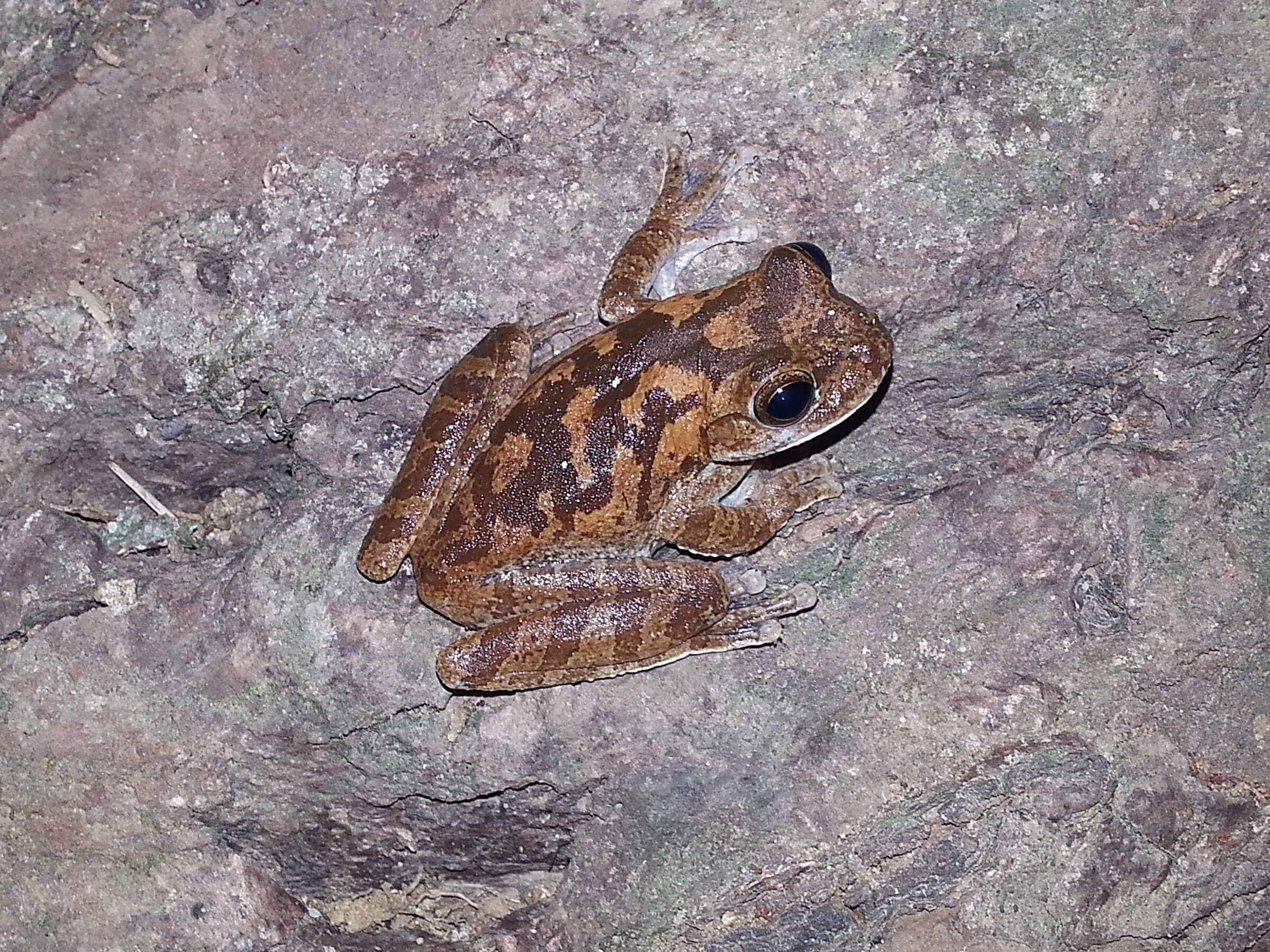Treefrogs become easy targets for predators and parasites when they send mating calls, but they fool their enemies with a little help from a wingman.
According to a new study, male treefrogs reduce their attractiveness to predators and parasites by overlapping their mating calls with their neighbors.
By overlapping their calls at nearly perfect synchrony with neighboring treefrogs, an auditory illusion takes effect and those enemies are more attracted to the leading call, leaving the other frogs to hopefully find mates without risking their life.
“The male frogs are essentially manipulating the eavesdroppers through creating this auditory illusion,” says doctoral student Henry Legett, a doctoral student at Purdue University who led the research with Ximena Bernal, associate professor of biological sciences.

“Humans experience this illusion too, it’s called the ‘Precedence Effect’. When we hear two short sounds in quick succession, we think the sound is only coming from the location of the first sound,” Legett says.
Research at the Bernal lab focuses on the relationship between predation and communication—or what they simply refer to as eavesdropping.
“The illusion created by the male treefrogs calling in synchrony has no effect on female frogs, which was a surprising observation,” Bernal says.
“These male frogs have figured out a way to trick these enemies. We thought the females might be more attracted to the leading caller, but it didn’t really affect attraction at all. It’s a win-win for the frogs because it helps reduce attacks from those enemies who were hoping to prey on the male frogs and females are not tricked by the illusion.”
The study included experiments using playbacks of recorded calls from speakers and sound traps both in laboratory and field settings at the Smithsonian Tropical Research Institute in Panama, where Bernal is a research associate and frequently visits to work with students. Researchers discovered that after the initial male treefrog sends a mating call, other frogs follow suit within milliseconds.
“It’s so fast, it’s almost like a reflex,” Legett says. “There’s no way their brains have time to process that information. They hear their neighbor and they react immediately.”
The researchers say the study has cultivated even more questions about how frogs communicate.
“You have to wonder why a male frog would call first, given that if increases his chances of being eaten,” Legett says.
“It’s a very strategic game they’re playing. The frog that calls first might not get lucky that time, but maybe he knows he’ll get his chance the next time he hears one of his friends make the first call. These are the questions we’ll keep asking as we move forward.”
The work appears in American Naturalist.
Support for the work came from the National Science Foundation, an A. Stanley Rand Fellowship from the Smithsonian Tropical Research Institute, and an AA Lindsey Graduate Fellowship from Purdue University.
Source: Purdue University



